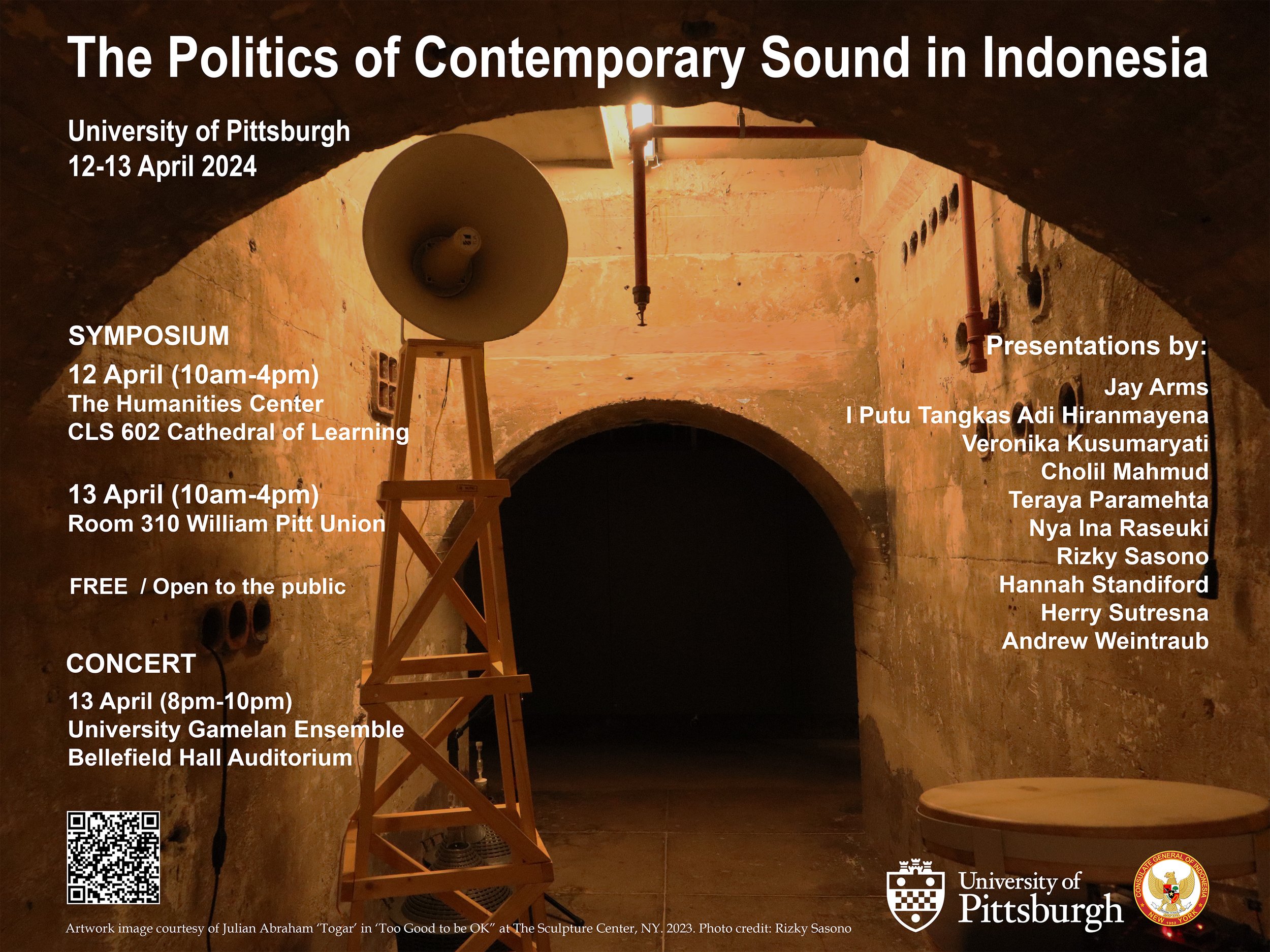Abstract
Reformasi, the political era following the 1998 breakdown of the New Order regime in Indonesia, opened new possibilities for Indonesian performing arts. Performers began blurring the lines between mediums and cultural disciplines as well as challenging the boundaries between the contemporary and the traditional. After 1998, musicians’ interest in exploring tradition was not based in nostalgia or New Order imperatives towards "preservation.” Instead, traditional practices were integrated into more fluid contemporary sound practices, hybrid forms, and new media.
Inspired by Sapto Rahardjo's gamelan and technology innovations in the mid-1990s, younger generations of experimental musicians followed with even more diverse forms of reference and imagination. Popular genres, such as dangdut and heavy metal, yielded spinoff genres (e.g., koplo) and new public expressions of Islam (as seen in the all-female band Baceprot), respectively. Nya Ina Raseuki’s 2007 album Kroncong Tenggara completely reimagined traditional forms of kroncong (Indonesian string band music). Indonesia’s music scenes fused with neoliberal approaches to music that elevated underground sounds to popular circulation.
In contemporary Indonesia, musicians continue to blur the lines between “mainstream” and “underground” sounds. Despite the current period of stagnant reform (reformasi dikorupsi), sound still serves as a medium for “the political.” These politics take different forms including critiques of the state by hip-hop act Homicide, articulations of human rights violations by the indie-rock group Efek Rumah Kaca, and performances of “apolitical politics” by the women’s chorus Dialita. Other examples of “the political” in music include cultural movement approaches, such as the experimental duo Senyawa, the netlabel Yes No Wave, and Festival Musik Rumah which celebrates off-the-radar musicians through annual online festivity.
New sound practices have made Indonesia’s soundscape livelier, louder, more diverse, and more exciting than ever. In approaching “sound as form” and “sound as cultural practice,” we ask: How does sound relate to the political dimension of culture? What forms of sound define politics? What are the constraints and possibilities of a new “sound politics” in Indonesia today?

